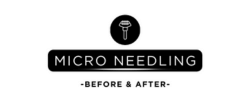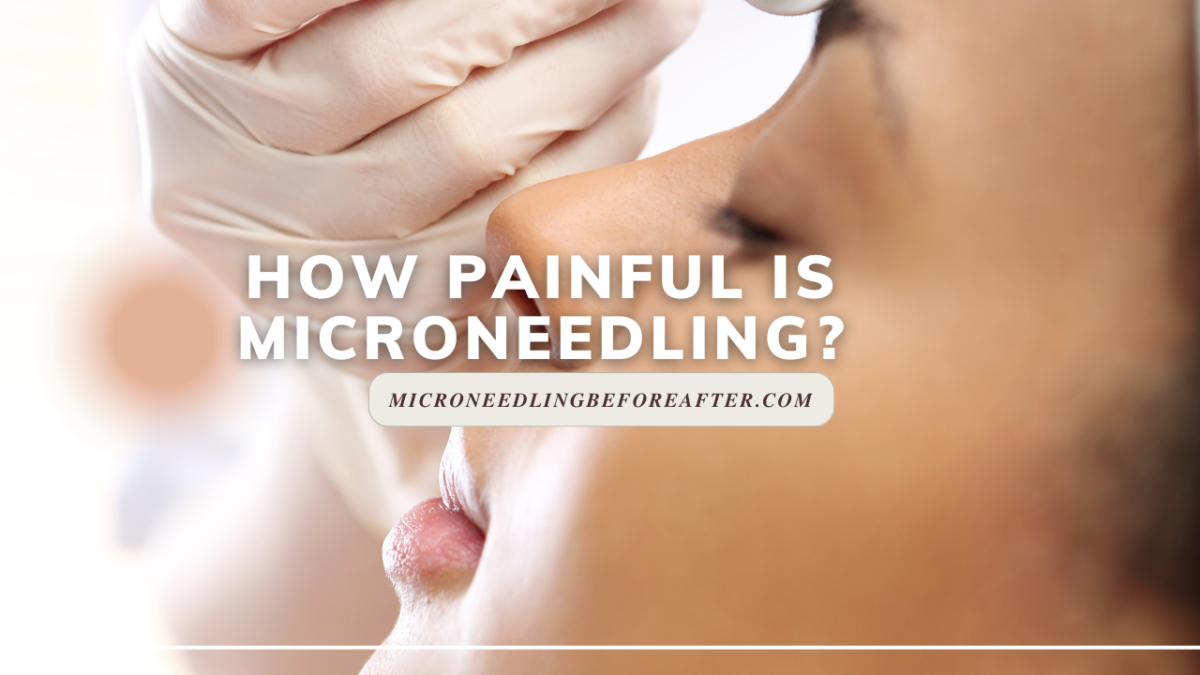Learn how painful microneedling is and how to manage discomfort. Understand the procedure, pain factors, and post-care tips for optimal results.
How Painful Is Microneedling?
Have you been considering microneedling but are hesitant due to concerns about the pain level involved? I will provide you with a comprehensive overview of the pain experience during microneedling procedures to help you make an informed decision.
Understanding Microneedling
Microneedling, also known as collagen induction therapy, is a minimally invasive cosmetic procedure that involves using a device with fine needles to create tiny punctures in the top layer of the skin. These micro-injuries stimulate the body’s natural wound healing process, resulting in increased collagen and elastin production, which helps improve skin texture, tone, and overall appearance.
Microneedling is commonly used to address concerns such as acne scars, fine lines and wrinkles, enlarged pores, hyperpigmentation, and uneven skin texture. The procedure can be performed on the face, neck, chest, hands, and other areas of the body.
Pain Perception During Microneedling
During microneedling, the depth of penetration of the needles into the skin can vary depending on the specific concerns being addressed and the device used. The sensation experienced during the procedure is often described as a mild to moderate stinging or pricking sensation. However, pain perception is highly subjective and can vary from person to person.
The experience of pain during microneedling can be influenced by factors such as individual pain threshold, area being treated, needle length, and the use of topical numbing creams or anesthesia. Some people may find the pain level to be tolerable, while others may experience more discomfort.
Factors Affecting Pain Level
Individual Pain Threshold
Everyone’s pain tolerance is different, so what may feel uncomfortable to one person may be manageable for another. It is important to communicate your pain tolerance and comfort level with your skincare provider before the procedure to ensure a positive experience.
Area Being Treated
Certain areas of the face and body may be more sensitive than others, leading to variations in pain perception during microneedling. For example, the skin on the forehead and around the eyes may be more delicate and prone to increased sensitivity.
Needle Length
The depth of penetration of the needles into the skin can impact the level of pain experienced during microneedling. Longer needles may result in more discomfort compared to shorter needles, as they reach deeper layers of the skin where nerve endings are more abundant.
Topical Numbing Creams
Many skincare providers offer the option of applying a topical numbing cream to the skin prior to the microneedling procedure to help minimize discomfort. Numbing creams contain ingredients such as lidocaine or benzocaine that temporarily numb the skin, making the procedure more tolerable.
Pain Management Strategies
If you are concerned about the pain level during microneedling, there are several strategies you can discuss with your skincare provider to help manage discomfort and ensure a more pleasant experience.
Topical Numbing Cream
As mentioned earlier, applying a topical numbing cream to the skin before the procedure can help reduce pain perception during microneedling. The cream is typically applied 30-60 minutes before the treatment begins to allow sufficient time for the numbing effect to take place.
Cooling Devices
Some skincare providers use cooling devices or ice packs to help numb the skin and reduce pain sensation during microneedling. Cold temperatures can help constrict blood vessels, which may decrease sensitivity and discomfort.
Distraction Techniques
Engaging in conversation with your skincare provider or listening to music during the procedure can serve as effective distraction techniques to help take your mind off the sensations of microneedling. Focusing on something other than the pain can make the experience more bearable.
Deep Breathing Exercises
Practicing deep breathing exercises before and during the microneedling procedure can help relax your body and mind, reducing tension and discomfort. Take slow, deep breaths in through your nose and out through your mouth to promote relaxation.
Communicate with Your Provider
It is essential to communicate openly and honestly with your skincare provider about your pain tolerance, concerns, and preferences during the microneedling procedure. They can adjust the treatment parameters, use additional numbing techniques, or take breaks as needed to ensure your comfort.
Post-Procedure Care
After your microneedling treatment, it is crucial to follow the recommended post-procedure care instructions provided by your skincare provider to promote healing, reduce the risk of complications, and optimize results.
Moisturization
Use a gentle, hydrating moisturizer to soothe and hydrate the skin following microneedling. Hyaluronic acid-based serums are excellent choices, as they help retain moisture in the skin and promote healing.
Sun Protection
Protect your skin from sun exposure by applying a broad-spectrum sunscreen with an SPF of 30 or higher daily. Ultraviolet rays can cause damage to the skin post-microneedling, leading to hyperpigmentation and compromised healing.
Avoid Harsh Products
Refrain from using harsh skincare products, such as exfoliants, retinoids, and acids, for a few days after microneedling. These products can irritate the skin and disrupt the healing process, potentially leading to inflammation and complications.
Gentle Cleansing
Cleanse your skin gently with a mild, non-abrasive cleanser to remove impurities and maintain skin health post-microneedling. Avoid scrubbing or rubbing the skin vigorously to prevent irritation and damage to the treated area.
Follow-up Appointments
Schedule follow-up appointments with your skincare provider as recommended to assess your skin’s progress, address any concerns, and determine the need for additional treatments. Consistency in treatment and adherence to the post-procedure care regimen are essential for achieving optimal results.
Conclusion
In conclusion, the pain level experienced during microneedling can vary depending on individual factors, such as pain threshold, area being treated, and pain management strategies employed. By understanding the procedure, communicating with your skincare provider, and following post-procedure care guidelines, you can help minimize discomfort and achieve the desired skin improvements effectively. If you have concerns about the pain associated with microneedling, discuss them with your skincare provider to determine the best approach for your needs.

